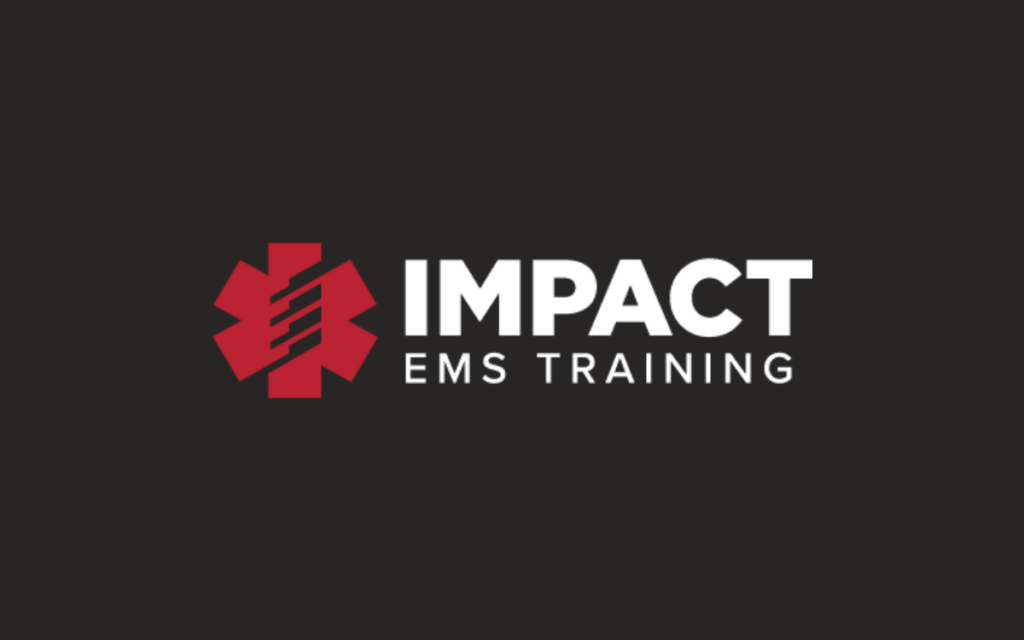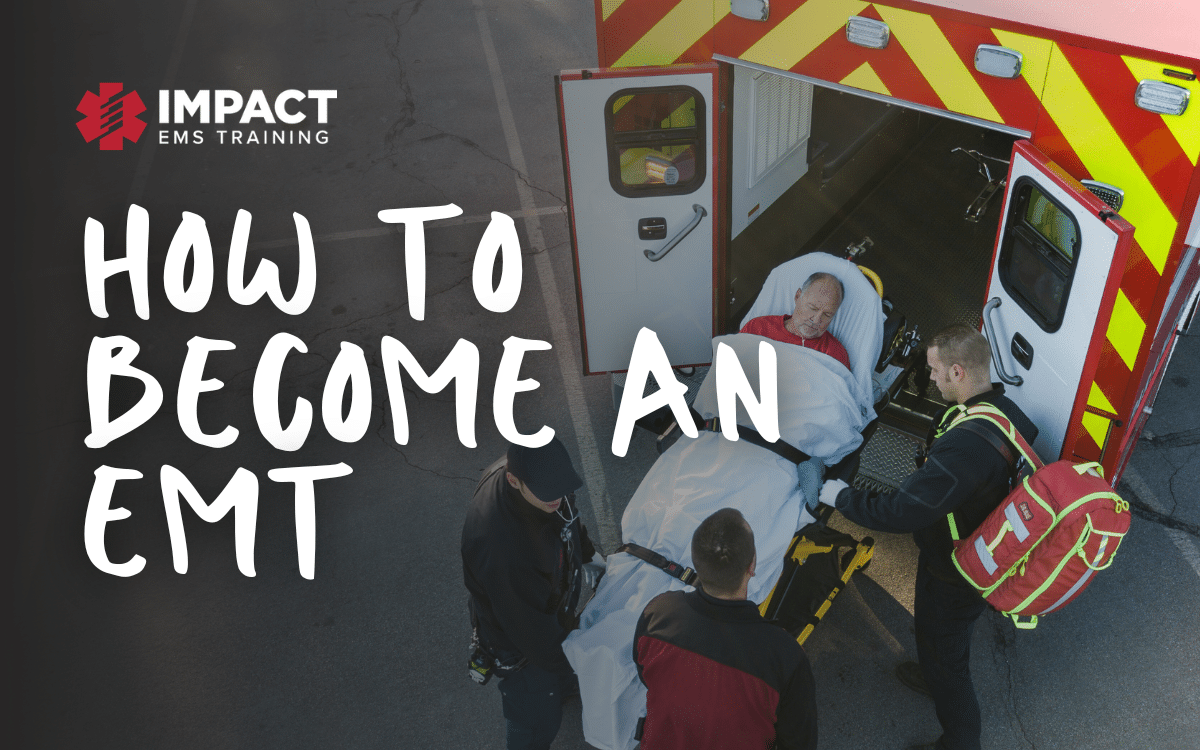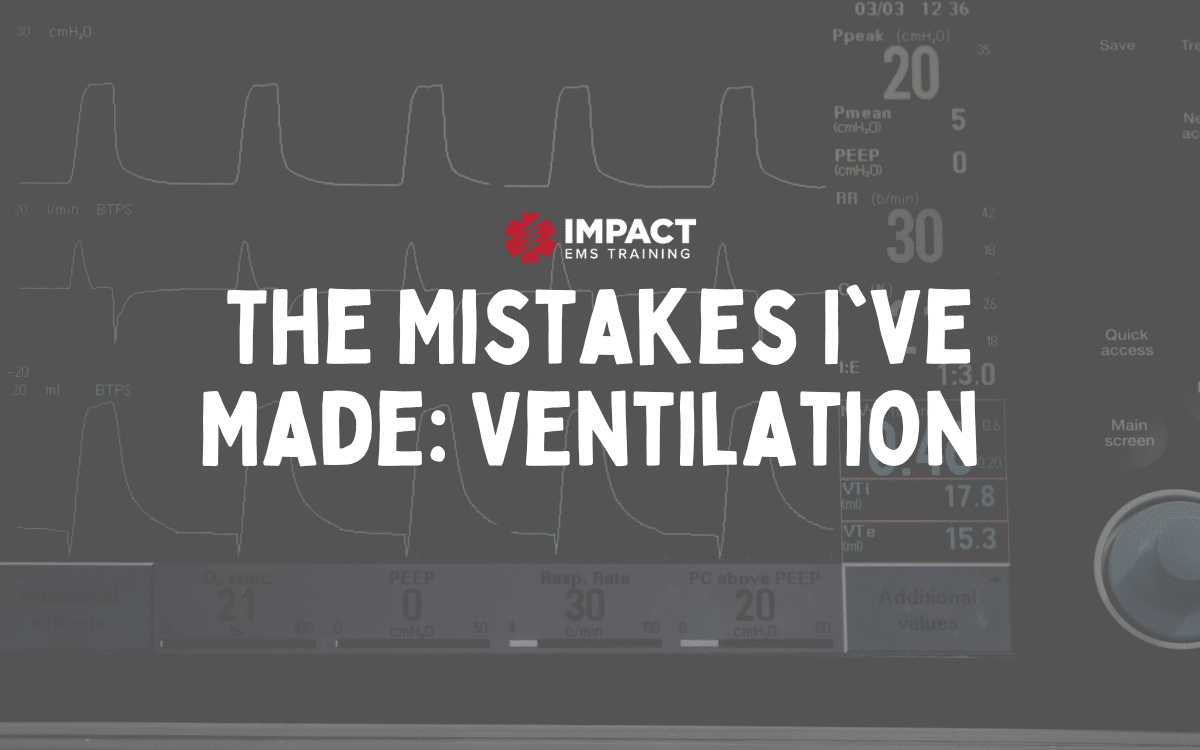The Death of MONA in ACS: Oxygen
by Salim R. Rezaie, MD
Background: The first report for supplemental oxygen for angina was in 1900, and since then oxygen therapy has been a commonly used treatment of patients with ST-Elevation Myocardial Infarction (STEMI). The reason for this is the belief that supplemental oxygen will increase oxygen delivery to ischemic myocardium and help reduce myocardial injury. This belief is based on lab studies and older clinical trials, but there have been other studies that suggest potential adverse physiologic effects of supplemental oxygen in acute coronary syndromes (ACS) (i.e reduced coronary blood flow, increased coronary vascular resistance, and production of reactive oxygen species) causing vasoconstriction and reperfusion injury. Taking all this information together there is a lot of uncertainty over the utility of routine supplemental oxygen therapy in acute myocardial infarction.
Cochrane Review 2016 [4]
- Selected randomized controlled trials in people with suspected or proven AMI (STEMI or NSTEMI within 24 hours after onset)
- Compared inhaled oxygen vs room air
- Results: 5 trials with 1173 patients
- Pooled Risk Ratio of all-cause mortality: 0.99 (95% CI 0.50 – 1.95; 4 studies, N = 1123; Low quality of evidence)
- Pooled Risk Ratio of all-cause mortality in patients with confirmed AMI: 1.02 (95% CI 0.52 – 1.98; 4 studies; N = 871; Low quality of evidence)
- Bottom Line: There is no evidence from randomized controlled trials to support the routine use of inhaled oxygen in people with AMI, and due to the low quality of evidence the harmful clinical effects of oxygen cannot be completely excluded.
AVOID Trial: Air vs O2 for STEMI [1]
What They Did: This was a randomized clinical trial performed by Ambulance Victoria and 9 metropolitan hospitals in Melbourne, Australia. The authors compared supplemental oxygen therapy (facemask at 8L/min) vs no oxygen therapy in normoxic patients with STEMI (if O2 sats fell <94%, patients received 4L/min NC or facemask 8L/min). The primary endpoint was myocardial injury measured by peak cardiac troponin I and CK levels.
Exclusion: Patients were excluded if they had O2 saturations <94%, had bronchospasm requiring nebulized beta-agonist therapy, O2 administration prior to randomization, altered mental status, a plan to transport to a non-participating hospital, and deemed not to have STEMI after physician assessment at the hospital.
Results: 638 patients were randomized for the study of which 441 had a confirmed STEMI.
- Primary Outcomes:
- Mean Peak Troponin I: 57.4 mcg/L (Oxygen Group) vs 48.0 mcg/L (No Oxygen Group) [p = 0.18]
- Mean Peak CK:1948 U/L (Oxygen Group) vs 1543 U/L (No Oxygen Group) [p = 0.01]
- Secondary Outcomes:
- Mortality at Hospital Discharge: 8% (Oxygen Group) vs 4.5% (No Oxygen Group) [p = 0.11]
- In-Hospital Recurrent MI: 5.5% (Oxygen Group) vs 0.9% (No Oxygen Group) [p = 0.006]
- In-Hospital Cardiac Arrhythmias: 40.4% (Oxygen Group) vs 31.4% (No Oxygen Group) [p = 0.05]
- MRI performed on 139 patients (32%) at 6 months
- Median Infarct Size: 3g (Oxygen Group) vs 13.1g (No Oxygen Group) [p = 0.04] (Expressed as proportion of left ventricular mass = 12.6% vs 9.0% respectively [p = 0.08])
Limitations: This study was not powered for clinical endpoints (i.e. in-hospital recurrent myocardial infarctions, major cardiac arrhythmias, and mortality) but instead looked at surrogate cardiac biomarkers and LV infarct size. Additionally, mortality rate (4.5 to 8%) was very low in this trial.
Discussion: Many believe that routine administration of supplemental oxygen in normoxic patients with STEMI reduces psychological and physiological stresses, but in this study, there was no difference in chest pain scores or the requirement for additional opioid analgesics.
Bottom Line of AVOID Trial:
- This study demonstrated a non-statistically significant increase in myocardial infarct size with the use of supplemental oxygen with no effect on improving patient hemodynamics or alleviating symptoms. This should be balanced with a non-statistically significant increase in mortality without the use of oxygen.
- This study was also not designed to assess the impact of lower concentrations of supplemental oxygen (i.e. <8L/min), which is what is commonly given in patients with STEMI (i.e. 2 – 4L/min)
The DETO2X-AMI Trial [2]
What They Did: This was another randomized clinical trial of 6629 adult patients, aged >30 years, with symptoms suggestive of AMI for less than 6 hours with an O2 saturation > 90% and either EKG changes indicative of ischemia or a positive troponin T who presented to ambulance services, Emergency Departments (EDs), coronary care units or a catheterization laboratory at a participating hospital (35/69 Swedish Hospitals participating in the SWEDEHEART Registry). The authors looked to compare supplemental oxygen (6L/min) versus ambient room air. The primary outcome was death from any cause at 1 year.
Exclusion: Patients who were receiving ongoing O2 therapy, presentation with cardiac arrest or development of cardiac arrest between presentation and enrollment
Results:
Strengths: Unlike the prior AVOID trial, the endpoint is patient-centered (i.e. death).
Limitations: Blinding was not performed as pressurized air was not available at all sites and a single country study leads to questions of external validity (homogenous population)
Bottom Line of DETO2X-AMI Trial: The use of supplemental oxygen does not appear to offer any benefit to patients with acute myocardial infarction with O2 sats ≥90%
Clinical Take Home Point:
- To date, there is a paucity of high-quality randomized clinical trial data to support the routine use of supplemental oxygen in normoxemic patients with AMI. It seems reasonable at this time, to withhold oxygen therapy in normoxemic patients
- It is important to remember that oxygen is a drug, and just like any drug we prescribe to patients it has possible significant side effects.
References:
- Stub D et al. Air Versus Oxygen in ST-Segment-Elevation Myocardial Infarction. Circulation 2015. PMID: 26002889
- Hofmann R et al. Oxygen Therapy in Suspected Acute Myocardial Infarction. NEJM 2017. PMID: 28844200
- Amsterdam EA et al. 2014 AHA/ACC Guideline for the Management of Patients with Non-ST-Elevation Acute Coronary Syndromes: A Report of the American college of Cardiology/American Heart Association Task Force on Practice Guidelines. J Am coll Cardiol 2014. PMID: 25260718
- Cabello JB et al. Oxygen Therapy for acute Myocardial Infarction. Cochrane Database Syst Rev 2016. PMID: 28595112
Impact EMS offers accredited certification and refresher courses in one trusted location. Fully prepare for certification exams and maintain licensure with skill building credits.







